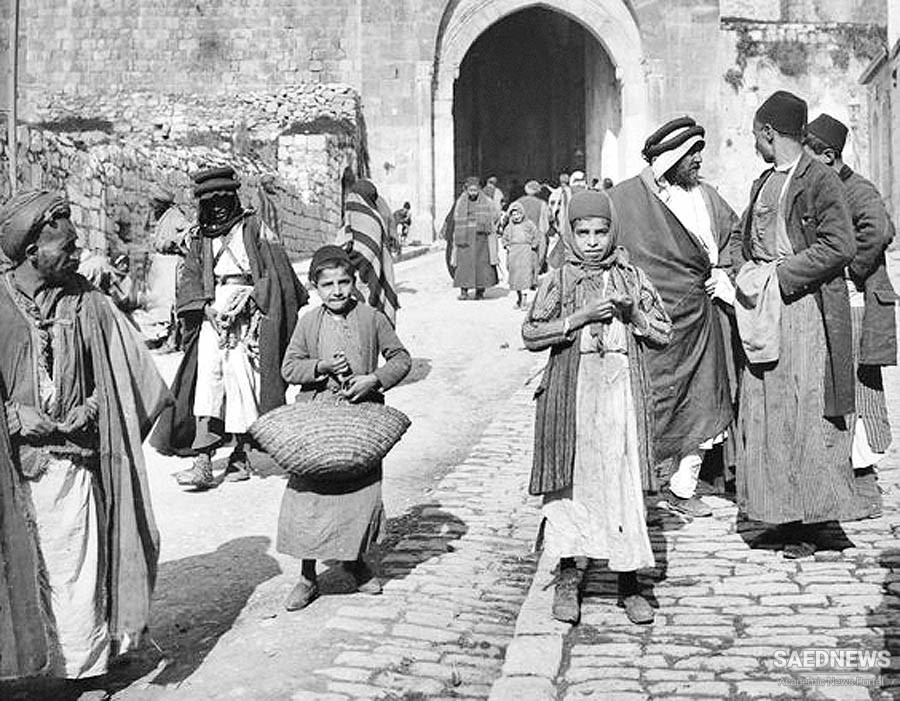Hierarchy and unequal power relations were similarly recorded in accounts of the social structures of towns. Urban centres brought together landlords, office holders, representatives of royal government, and commercial, entrepreneurial and financial leaders, with influential professionals including religious leaders. They were centres for the exchange of manufactured and agricultural products, the production of craft manufactures, the organisation of trade and investment, and the accumulation of rents, profits and taxes. They were focal points in the networks of trade, cultural activity and government discussed below. They were bases for administrative and religious authority, and locations for public social rituals and gatherings, and displays of wealth and power. While the extent and range of these roles varied between major centres of government and production and lesser towns, some at least featured in most urban settlements. Collective aspects of life in major centres or lesser towns were cross-cut by distinctions and inequalities of wealth, status and power. Shared activity in craft manufacture entwined with the authority and power of workshop masters over labourers and apprentices, or of merchant investors over artisan clients, and were as important as common bonds. Commercial activity relied on power relations between ‘great’ merchants and lesser traders, or those with wealth from land and office holding, as well as on common interests within particular areas of trade.


 Assassination of Nasiruddin Shah and a New Phase of Modernization of Persia
Assassination of Nasiruddin Shah and a New Phase of Modernization of Persia














































